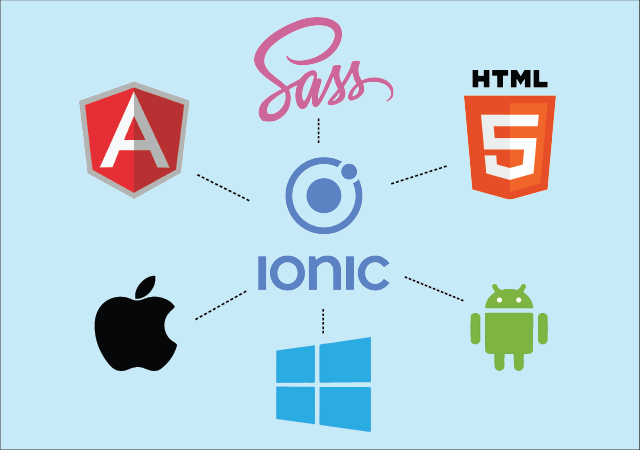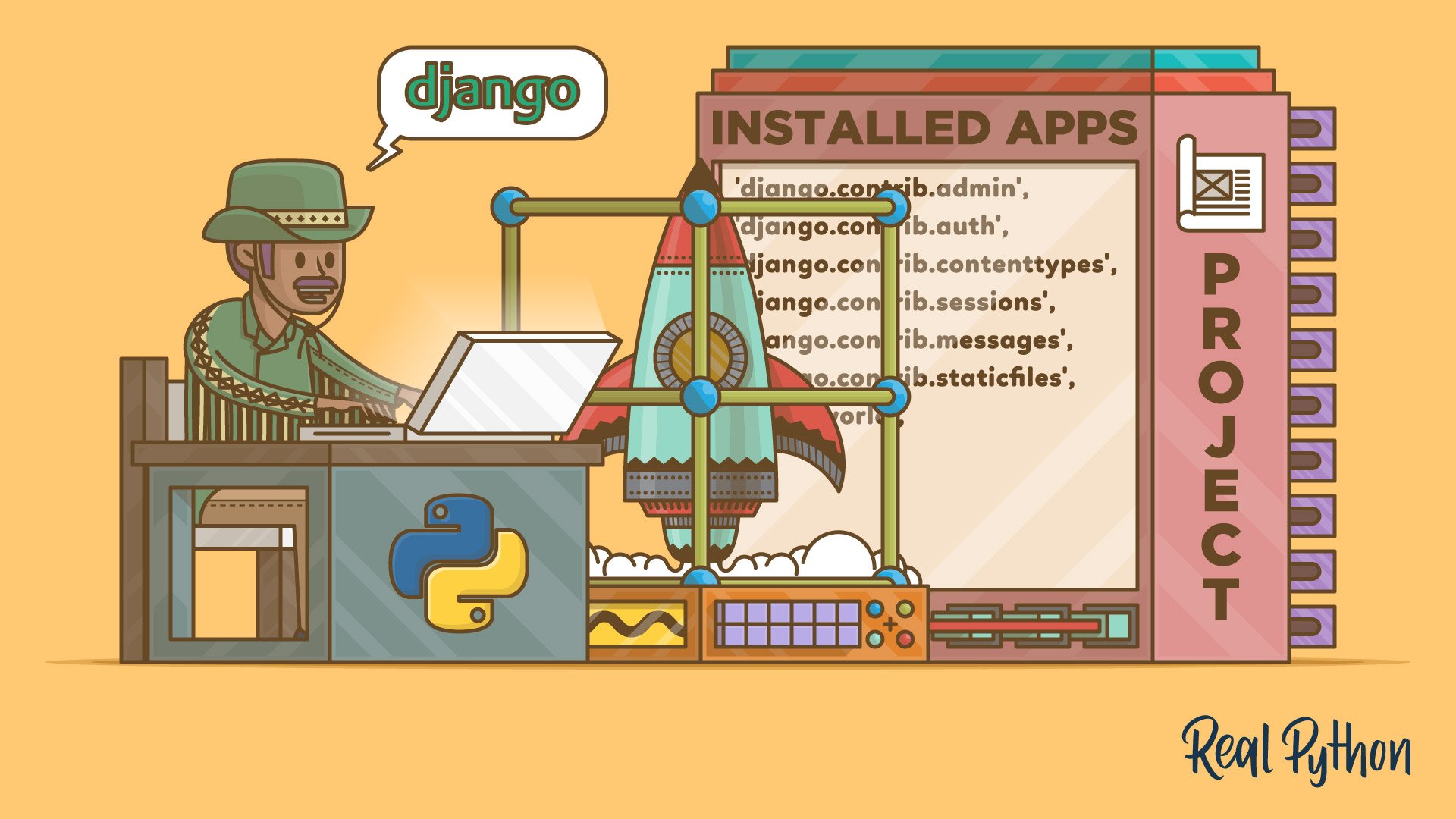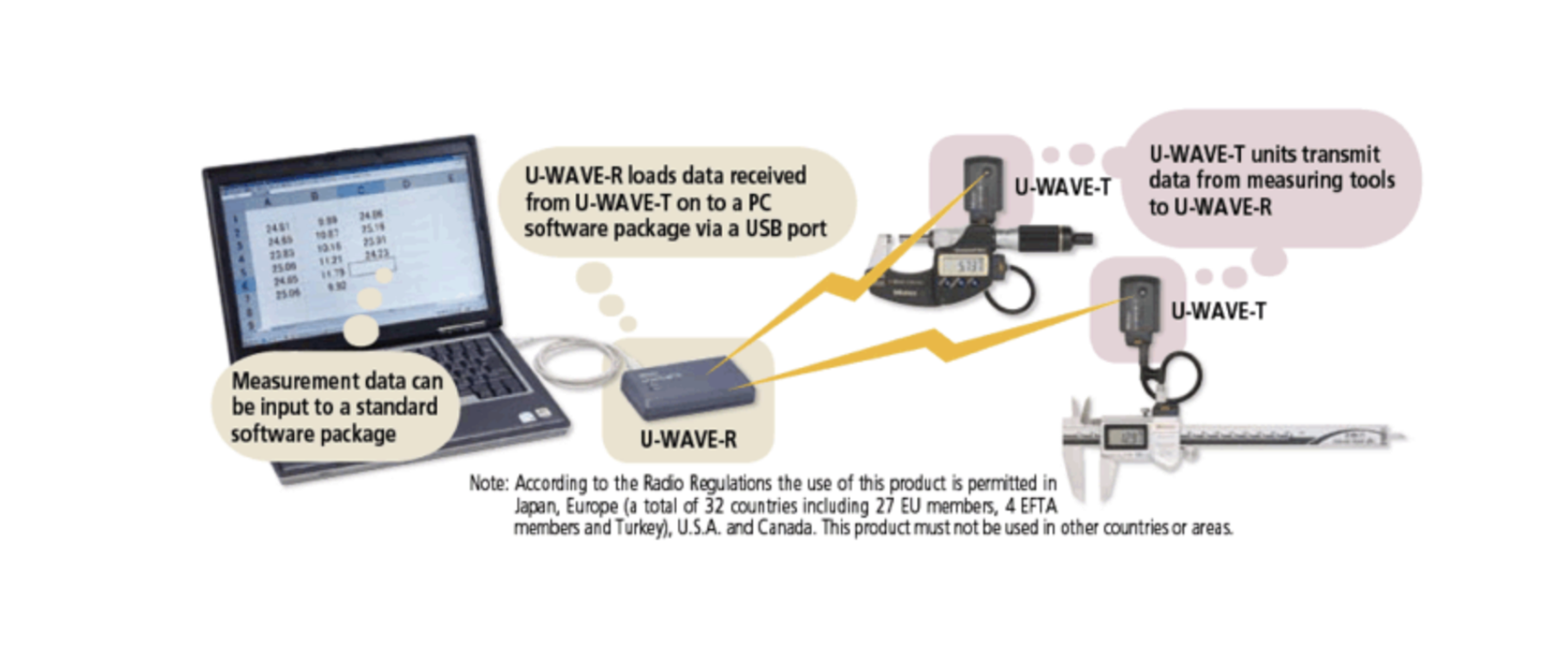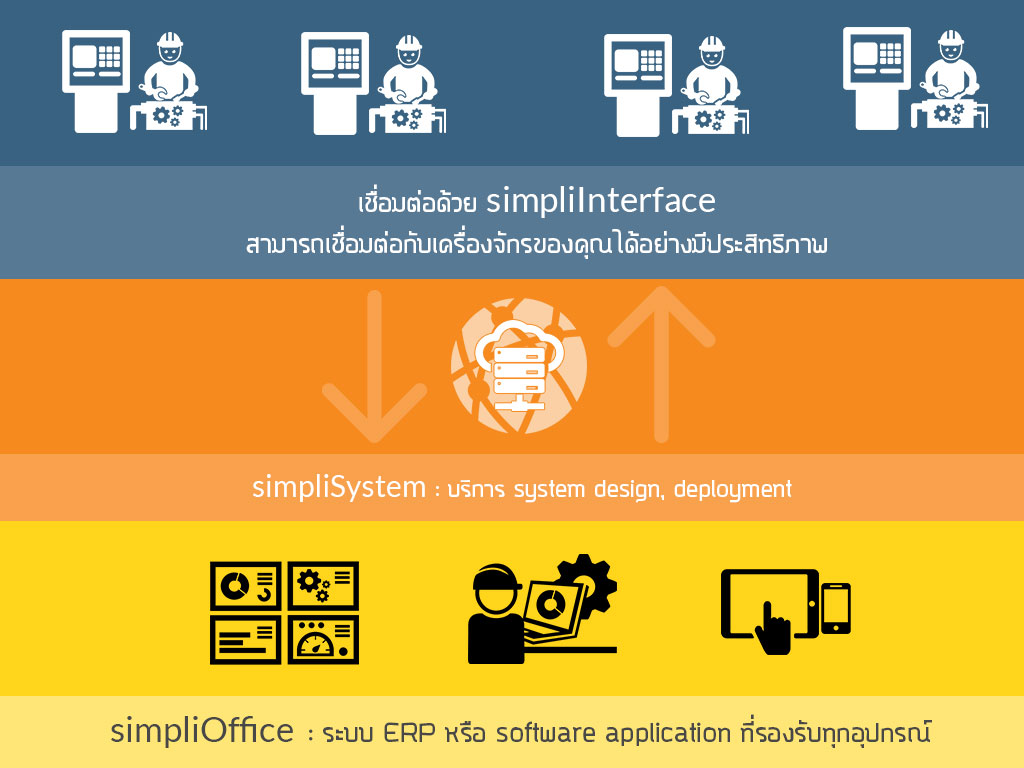Why Does Spring Use So Many Annotations? Java vs. Python Web Development Explained
If you’re moving from Python (Django, Flask, FastAPI) to Java Spring Boot, you’ll notice:
Spring is all about annotations!
Why so much @Component, @Service, @Repository, @Autowired?
Let’s explore the real reasons, and compare with how Python frameworks do things differently—with diagrams to make it visual.
1. Python Web: Convention Over Configuration
In Python frameworks (especially Django), things “just work” by following naming and file placement conventions:
- Models go in
models.py - Views go in
views.py - Routes in
urls.py
Django uses auto-discovery—little explicit configuration needed.
Diagram: Django’s Convention-Based Discovery
flowchart TD
A["models.py"] --> B["Django auto-discovers model classes"]
C["views.py"] --> D["Django auto-discovers view classes/functions"]
E["urls.py"] --> F["Django uses routing patterns"]2. Java & Spring: Explicit Over Implicit
Java and Spring Boot are designed for large, complex enterprise systems.
Spring relies on annotations to mark, wire, and configure every part:
@Componentfor a generic bean@Servicefor service layer logic@Repositoryfor data access@Controller/@RestControllerfor web endpoints- Many more:
@Autowired,@Transactional,@Scheduled, etc.
Diagram: How Spring Uses Annotations
flowchart TD
A["@Component/@Service/@Repository/@Controller"]
--> B["Spring scans for annotations"]
--> C["Registers class as bean"]
--> D["Dependency Injection enabled"]
--> E["Special features enabled (AOP, transactions, etc.)"]3. Why So Many Annotations?
a. Flexibility and Explicitness
Annotations let Spring “see” and manage any class, in any package, and give you fine-grained control over the application.
b. Type System and Safety
Java can’t “see” a class at runtime unless it’s referenced or marked; annotations serve as safe, typesafe tags.
c. Modular, Enterprise-Ready
With annotations, you opt-in features at the class or method level (transactions, caching, scheduling), which is essential for large, modular projects.
4. Comparing the Two Philosophies
Diagram: Explicitness vs Convention
flowchart LR
subgraph "Python/Django"
A["File Placement (models.py, views.py, etc.)"]
B["Auto-discovery by Convention"]
end
subgraph "Java/Spring"
C["Class with Annotations"]
D["Explicit Discovery by Annotation"]
end
A --> B
C --> D5. What Happens Under the Hood?
Spring Application Bean Creation Flow
[Class annotated with @Component/@Service/@Repository]
|
v
[Spring Component Scan on Startup]
|
v
[Bean Created in IoC Container]
|
v
[Bean Available for @Autowired/Injection]- If a class is not annotated, Spring ignores it.
- If you use annotations, Spring will instantiate, wire, and manage it for you.
6. Real-World Comparison Table
| Task | Django (Python) | Spring Boot (Java) |
|---|---|---|
| Registering a service | Place in views.py |
Add @Service or @Component |
| Database model | Class in models.py |
Annotate with @Entity |
| Registering a route | List in urls.py |
Annotate method with @GetMapping/etc. |
| Background job | Celery task decorator | @Scheduled annotation |
| Dependency injection | “Just import” and use | Constructor injection with @Autowired |
7. Why All the Complexity?
Spring is built for:
- Massive, long-lived systems
- Teams needing explicit control over wiring, transactions, scope, and more
- Extending, overriding, and swapping functionality in modular ways
Python frameworks excel at:
- Simplicity, quick prototyping, and “just works” developer experience
- Getting started with minimal configuration
8. Which Approach Is Simpler For You?
Decision Flow Diagram
flowchart TD
A["Quick CRUD/MVP, Small Team?"] -- Yes --> B["Python/Django: Use Convention"]
A -- No --> C["Need Enterprise Features, Huge Codebase, Customization?"]
C -- Yes --> D["Java/Spring: Use Annotations"]
C -- No --> B9. Conclusion: Embrace the Difference
- Spring annotations mean more setup, but unlock incredible flexibility and control, especially for large-scale systems.
- Python’s convention is fast and productive for many apps, but may lack fine-grained control for enterprise needs.
- Choose the tool and style that matches your project—and team—best!
One-liner takeaway:
Spring uses annotations to make everything explicit, discoverable, and manageable in large Java projects—while Python frameworks often “just work” through convention.
Have more questions about Spring annotations or want more code samples comparing Python and Java web development? Drop a comment below!
Get in Touch with us
Related Posts
- AI驱动的医院信息系统纵向整合(Vertical Integration)
- How AI Enables Vertical Integration of Hospital Systems
- 工业AI系统中的AI加速器 为什么“软件框架”比“芯片性能”更重要
- AI Accelerators in Industrial AI Systems: Why Software Frameworks Matter More Than Chips
- 面向中国企业的系统开发:以 AI + 工作流安全集成电商与 ERP
- Global-Ready System Development for EC–ERP Integration with AI & Workflow
- 不可靠的“智能”系统所隐藏的真实成本
- The Hidden Cost of ‘Smart’ Systems That Don’t Work Reliably
- GPU vs LPU vs TPU:如何选择合适的 AI 加速器
- GPU vs LPU vs TPU: Choosing the Right AI Accelerator
- 什么是 LPU?面向中国企业的实践性解析与应用场景
- What Is an LPU? A Practical Introduction and Real‑World Applications
- 面向软件工程师的网络安全术语对照表
- Cybersecurity Terms Explained for Software Developers
- 现代网络安全监控与事件响应系统设计 基于 Wazuh、SOAR 与威胁情报的可落地架构实践
- Building a Modern Cybersecurity Monitoring & Response System. A Practical Architecture Using Wazuh, SOAR, and Threat Intelligence
- AI 时代的经典编程思想
- Classic Programming Concepts in the Age of AI
- SimpliPOSFlex. 面向真实作业现场的 POS 系统(中国市场版)
- SimpliPOSFlex. The POS Designed for Businesses Where Reality Matters














